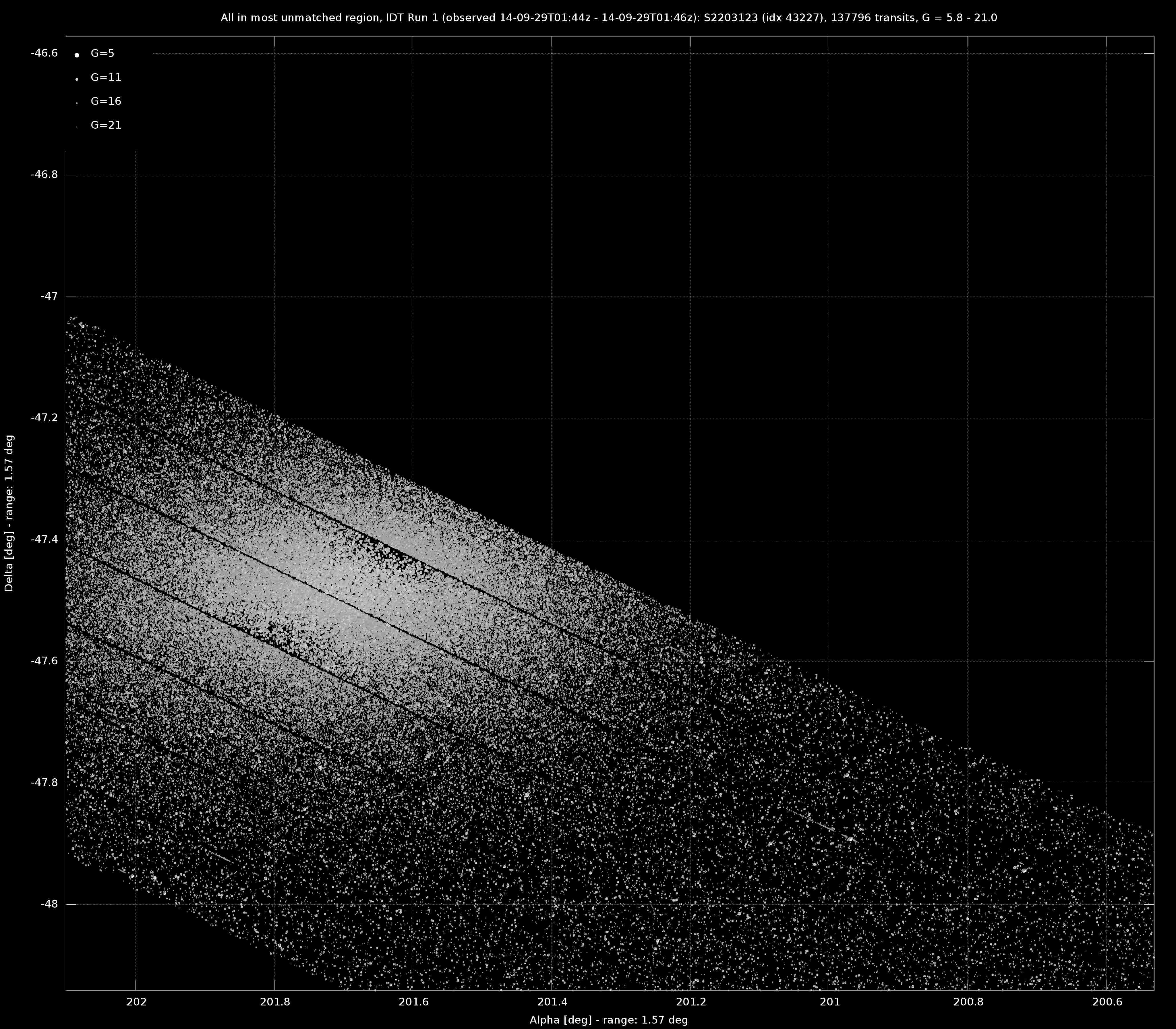IoW_20141113 - Gaia
Image of the Week |
|
Omega Centauri as seen by Gaia |
|
|
|
- Removed a total of (4) style text-align:center;
- Removed a total of (2) style text-align:justify;
- Removed a total of (2) border attribute.
- Removed a total of (2) cellpadding attribute.
- Removed a total of (2) cellspacing attribute.
Image of the Week Archive
- Removed a total of (1) border attribute.
- Removed a total of (1) cellpadding attribute.
- Removed a total of (1) cellspacing attribute.








































 Sign in
Sign in
 Science & Technology
Science & Technology

